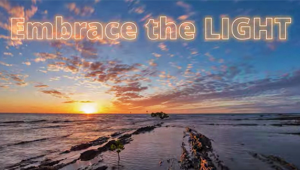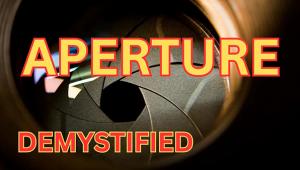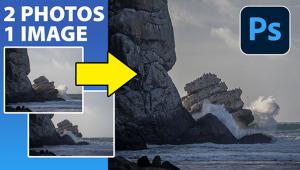How to Shoot Epic Landscape Photos with Every Lens You Own (VIDEO)

The first thing most landscape photographers do upon arriving on location is to pull a wide-angle lens out of their bag. This approach may work great for shooting expansive scenes, but it will also give images a familiar look, and can even stifle one's creativity.
This tutorial from the popular Light Meets Lens YouTube channel demonstrate how to switch things up and capture unique landscapes photos by experimenting with lenses of varying focal lengths whether you're shooting with a versatile zoom or a favorite prime lens.
Instructor Nick puts it like this: "Using every focal length for landscapes isn’t difficult, but you need to use each of them differently," and this is what you'll learn how to do in the next 12 minutes. Nick is a Toronto-based pro whose instructional videos discuss gear, shooting skills, and behind-the scenes adventures like you'll watch in today's eye-opening episode.

You'll follow Nick on a frigid day in Canada's beautiful Banff National Park near iconic Castle Mountain. As the excursion unfolds Nick uses all of the lenses at his disposal with the intention of "showing you what each of them are good for." Then he discusses different techniques and camera settings for taking advantage all the great glass in your arsenal.
In many ways this is all about effective composition and Nick begins with an ultra-wide 14mm prime while shooting along the shore of a small lake with interesting rocks, ice crystals, and hoarfrost in the foreground of the scene. For this challenge employs a powerful vantage point by "getting crazy-low to the ground."
Doing so enables Nick to capture dramatic imagery that includes the aforementioned up-close elements and imposing Castle Mountain looming in the distance. This makes for interesting juxtaposition, depth and dimension, and a powerful sense of scale. In other words, he creates an uncommon look that's far mor compelling than shooting straight ahead at eye level.

Nick moves on to lenses of other focal lens and explains, for example, why telephoto photography requires different camera settings, composition, and shooting techniques. The good news is that by following his advice the impact of your images will grow by leaps and bounds.
The downside, of course, is that your pack is going to be heavier from now on, because we guarantee that you'll want to carry a wider selection of lenses. Trust us: the variety of the images you capture will be well worth the extra weight. There's much more to learn about shooting and editing landscape images on the popular Light Meets Lens YouTube channel.
And on a related note, don't miss the tutorial we posted earlier in which another experienced pro demonstrates the techniques he uses to capture spectacular landscape photos with a wide-angle lens.
















































